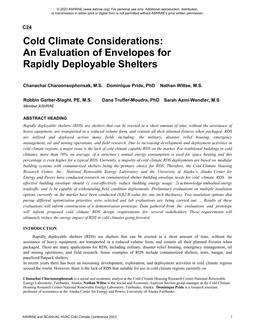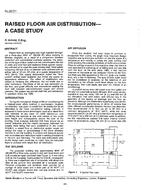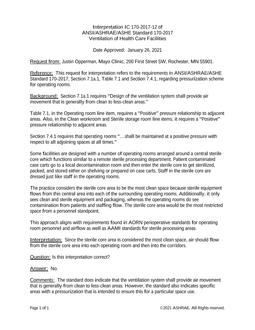Wind pressures can play an important role in the wetting of exterior walls (driving rain). In response, the rain screen concept, including compartmentalization and air spaces, has been developed to provide pressure equalization and limit water entry into the wall. However, conventional construction such as wood lap siding has not been evaluated as to its ability to function as a rain screen. As part of a two-year project assessing the performance of hardboard lap siding, we measured air pressure differences across the siding over extended periods of time in two single-story wood-frame buildings, specially constructed for this study in southern Florida. Three different wall constructions were included in the study. We found that the conventionally installed lap siding provided substantial air pressure equalization. Inward air pressure differences across the siding did not appear strong enough, or long enough in duration, to raise concern about significant water penetration through the siding overlaps, even during windy days. Air leakage has been recognized as an important mode of water vapor transport, and airtight construction is therefore recognized as an important ingredient of designing for high moisture tolerance. As part of the same study, we monitored air pressures across the siding, sheathing, and gypsumboard in two of the walls. We found that wind-induced air pressures across the exterior walls were predominantly exfiltrative, even on the windward side of the building. Infiltrative pressures only occurred near windward corners of the building during short periods of time. We also found significant air leakage past the top plate into the wall cavity. This paper also presents a method for coordinating the design for airtightness (airflow retarders) with the design for control of vapor diffusion (vapor retarders). The calculations show that a vapor retarder of 1 perm (57 ng/Pa-s-m 2) should be complemented with an air barrier system (ABS) with an ELA of 0.003 in.2/ft2 (2×10-5 m2/m2) or less. Specifying lower-perm vapor retarders (e.g., 0.1 perm, or 5.7 ng/Pa-s-m2) would require specifying an extraordinary level of airtightness.
AUTHOR: Anton TenWolde, Charles G. Carll, Vyto Malinauskas
CITATION: Thermal Performance of the Exterior Envelopes of Buildings VII
KEYWORDS: December, Florida, 1998
YEAR: 1998
Citation: Thermal Performance of the Exterior Envelopes of Buildings VII
Product Details
- Published:
- 1998
- File Size:
- 1 file , 220 KB
- Product Code(s):
- D-8061


